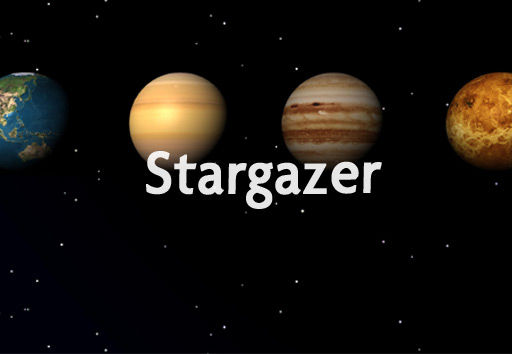BY Carol Lutsinger is a NASA/JPL Solar System educator and ambassador Texas Space Grant Consortium collaborator and American Astronomical Society resource agent [email protected] Newspaper in Education
Although spring is officially a few weeks away, it is already in our Rio Grande Valley with trees budding out everywhere, wildflowers spreading color across the dry fields, and green row crops marching along dark Valley earth. So that means Leo the Lion is strolling up from the eastern horizon by 8:00 PM. This handsome member of the feline family is easy to find in a dark sky. The head is a large backward question mark or sickle like the one on the old Soviet flag. At the base of the head there is a large blue-white star known as Regulus. The star is bright, although not nearly as bright as Sirius in Canis Major, and marks Leo’s heart.
Jupiter is also within this constellation for a while; one of those ancient “guest stars” that puzzled ancient cultures. One can use the planet and constellation to locate the Leo Trio of galaxies near the small triangle that marks the haunch and tail region of Leo. The Astronomy Picture of the Day shows the area in beautiful color. The site is http://apod.nasa.gov/apod/ap120615.html and if you look it up online you will be treated to quite a spectacle.
Using Regulus and Jupiter may also enable you to locate the Beehive Cluster in Cancer the Crab. Draw an imaginary line from Jupiter to Regulus and keep heading toward southwest aiming toward the zenith. The stars are faint and you will need dark skies and most likely decent binoculars. Our sky has become so light-polluted that many objects are becoming impossible to locate. Some recent structures are installing full cut-off fixtures but the glare off concrete just reflects up into the sky which defeats the purpose.
This time of year is ideal for observing Jupiter and its four Galilean moons. The nightly dance of the moons is intriguing and easy to accomplish with binoculars although a telescope is more effective. If you are a teacher and interested in a classroom activity replicating Galileo’s observation of Jupiter, contact me via the Solar System Ambassador website. There is a mission on its way to Jupiter, due to arrive in July this year. It has been traveling since 2011. The plan is for Juno to make 20 orbits of Jupiter, measure a variety of things, including the amount of water there. Follow the water is one of the mantras of robotic space exploration.
http://spotthestation.nasa.gov/ will give you a specific time and location to see the ISS flyover any place on Earth. This week we have opportunities almost every day. With Scott Kelly coming home March 1 this might be a significant activity for your family. Use the clock on your phone to be absolutely sure to be out because times are exact to the second. The longest flyover will be Thursday, March 3, at 6:21 AM. The ISS looks like a moving star or airplane headlights moving a bit erratically across the sky. It will appear in the southwest, rise 61 degrees in the sky as it crosses towards the northeast and disappears. The following day it will appear 23 degrees above the horizon in the SSW, rise 48 degrees, and disappear in the ENE at 16 degrees. There are more but these are the longest; for more please do log in to the Spot the Station website. It is quite awe-inspiring to think there are fellow humans falling around the planet in microgravity performing experiments and completing tasks that will make our lives better on our home planet. You can explore via the NASA websites and learn for yourselves how amazing the endeavor is.
Until next week, KLU; you never know what you might see.





